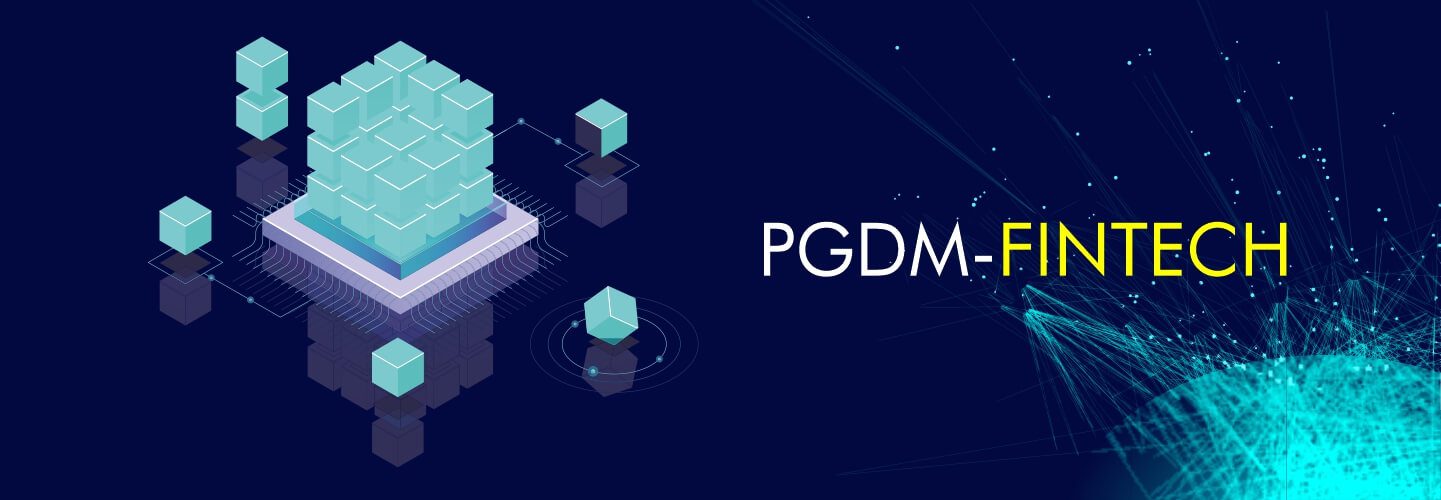In the ever-evolving landscape of financial technology, where innovation reigns supreme, a league of key global players has emerged as the driving force behind the revolution. According to the most recent data, the global fintech market’s estimated value is around $165.17 billion in 2023. Projections indicate that this dynamic industry is poised for remarkable growth, expected to exceed $400 billion by 2027.
As we step into 2023, these visionary companies continue redefining the boundaries of the financial world, pushing the limits of what was once deemed impossible. From transformative digital banking solutions to cutting-edge payment platforms and groundbreaking blockchain applications, they propel us into a future where finance knows no bounds.

In this article, we’ll take you through some of the top-most fintech players in 2023 that can drive you to make a successful career in Fintech.
Top Players in FinTech Market
The FinTech market is characterised by many players, each contributing to the transformation of the financial industry. Some of the top global players in the FinTech market include:
Ant Financial: Ant Group has emerged as one of the most prominent fintech firms worldwide. Through continuous technological advancements, Ant Finance has offered accessible and convenient digital financial services to individuals and small and medium enterprises (SMEs). They also facilitate seamless payment processing, enable cross-border transactions, and provide remittance services to merchants and consumers across the globe.
Du Xioman Financial: Du Xiaoman Financial is a leading consumer instalment payment solutions and online investment services provider. Offering a range of financial products, they operate Baidu Wallet, a secure payment system, an online credit service and a wealth management platform. Du Xiaoman Financial remains dedicated to enabling seamless transactions and facilitating wealth growth for its valued customers.
Paytm: It is a leading Indian multinational company that specialises in digital payments and financial services. Paytm provides mobile payment services to consumers and empowers merchants to receive payments through its offerings, including QR codes, point-of-sale systems, and online payment gateways. With its innovative solutions, Paytm has emerged as a prominent player in the fintech landscape, facilitating convenient and secure financial transactions for a wide range of users.
Klarna: Klarna stands as the foremost global service for payments and shopping, revolutionising how customers shop and purchase with enhanced flexibility and intelligence. With an extensive reach, Klarna caters to over 150 million active consumers across 45 countries, facilitating seamless transactions. By offering a range of options, such as direct payments, pay after delivery and instalment plans, Klarna empowers consumers to choose their preferred payment method.
Lufax: Lufax is a prominent leader in China’s technology-driven personal financial services sector. With a diverse range of operations, including wealth management and retail credit facilitation, Lufax utilises a unique ‘Hub and Spoke’ business model. This approach combines their financial expertise with cutting-edge technology, seamlessly integrating online and offline resources to enhance wealth management experiences.
Fintech Market Trends
Here are some of the latest fintech market trends that are overtaking the financial landscape:
Companies Will Make Digital Systems a Priority
Financial technology companies are uniquely positioned to provide multiple options that can supersede outdated legacy systems. By leveraging their expertise, fin techs can offer innovative solutions that cater to the evolving needs of banks and their customers, enabling a seamless transition to a more digital-centric environment.
One platform, Multiple services
Consumer preferences lean towards platforms that provide multiple services, and Fintech brands have embraced this trend. Going forward, the integration of powerful APIs will enhance the availability of robust solutions. To meet evolving consumer expectations for convenient, secure transactions, banks must leverage technology to digitalise consumer demand.
Blockchain & Cryptocurrency
With the limitations and expenses of traditional bank transfers in a globalised world, blockchain and cryptocurrencies have grown in popularity. These digital alternatives enable cost-effective and low-regulation transfers, contributing to their rapid growth. Companies have diligently implemented secure protocols, establishing blockchain and cryptocurrencies as reliable methods for completing digital transactions.
Fintech Market Upcoming Projections
In a recent report titled “Global Fintech 2023: Reimagining the Future of Finance,” Boston Consulting Group (BCG) and QED Investors predicted that by 2030, the financial technology sector’s sales would increase from $245 billion to $1.5 trillion.
The paper notes that by 2030, banking fintech will account for roughly a quarter of all banking valuations globally, up from the current 2% share that the fintech industry holds of the global financial services revenue ($12.5 trillion).
It offers insights into the future fintech landscape, exploring trends, opportunities, regulatory frameworks, and the impact of emerging technologies.
Conclusion
Fintech companies are well-positioned in the market to step in to offer solutions to replace the conventional system of banking and transactions. Most customers prefer services catering to their basic financial needs, such as daily payments, P2P transactions, payment gateways, and many more.
As the fintech industry continues to flourish, professionals seeking to enhance their expertise in this domain can consider pursuing a PGDM in FinTech from Imarticus. This program equips students with the necessary skills and knowledge to thrive in this rapidly evolving landscape.



